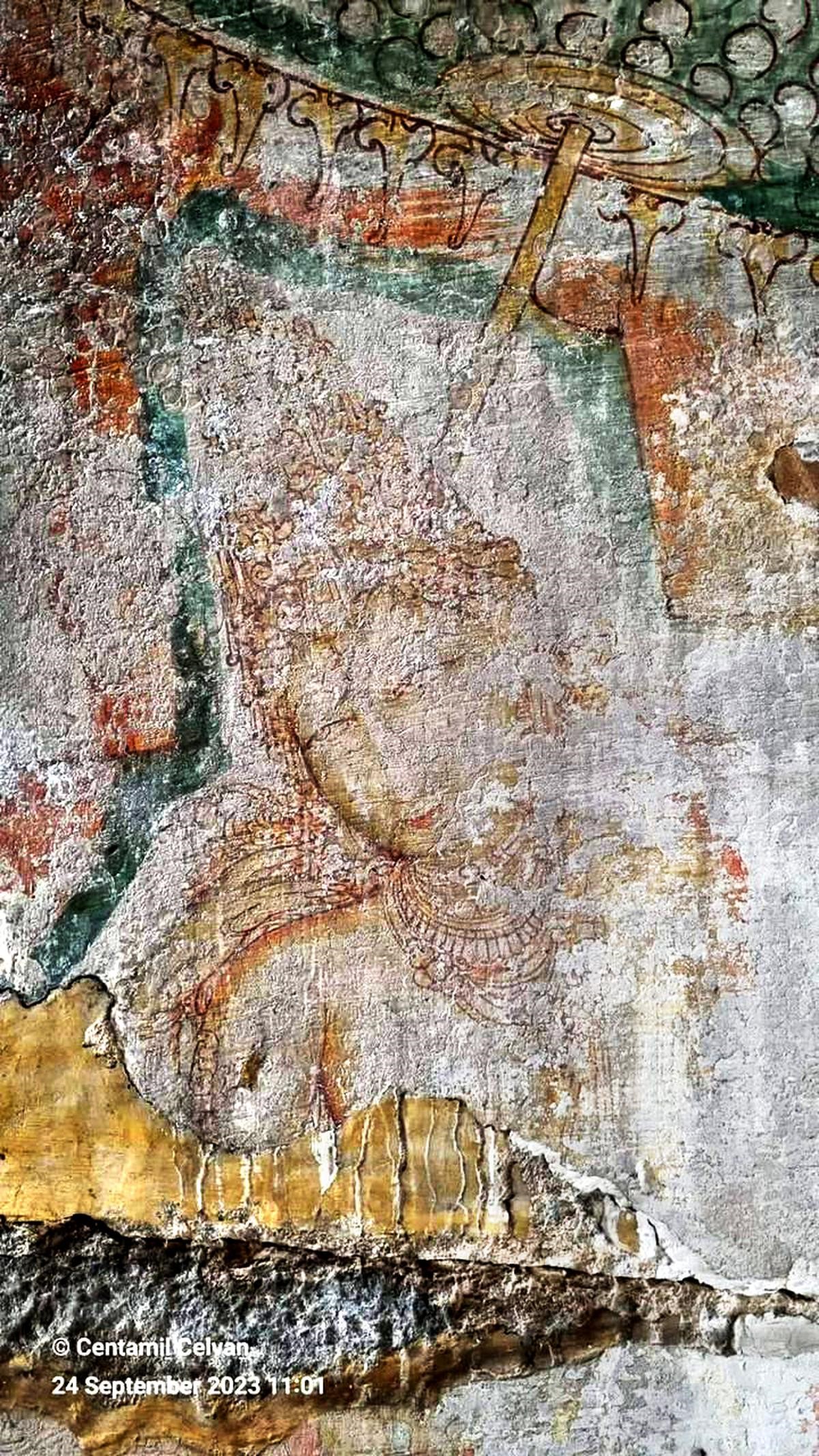Free Courses Sale ends Soon, Get It Now


Free Courses Sale ends Soon, Get It Now



Disclaimer: Copyright infringement not intended.
Context
Details
About Panamalai Paintings
Historical Roots and Evolution
Themes and Motifs
Artistic Techniques and Practices
About Pallava Paintings
History:
Themes:
Techniques:
Cultural Significance:
About Pallava
History:
Significant Rulers:
Achievements and Contributions:
Art and Architecture:
Conclusion
The Pallava dynasty's enduring legacy remains a testament to their remarkable contributions to South Indian history, culture, and art, solidifying their position as one of the most influential dynasties in the region's history.
|
PRACTICE QUESTION Q. Discuss the significance of Pallava paintings in the context of South Indian art and culture during the classical period. How did the Pallava dynasty's patronage of art contribute to the development of a distinct artistic tradition? (250 Words) |
© 2024 iasgyan. All right reserved